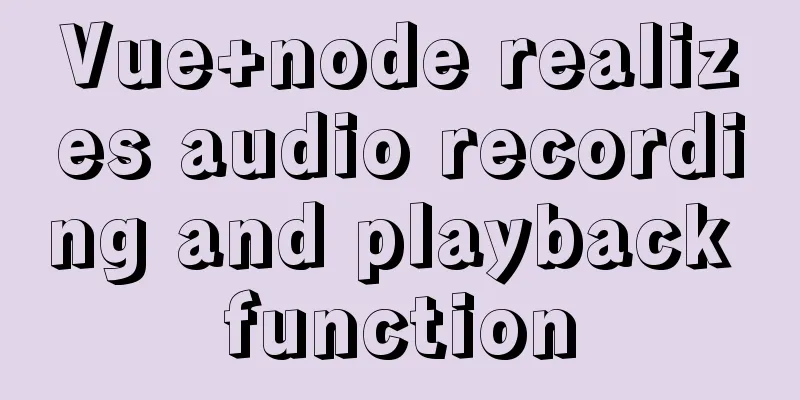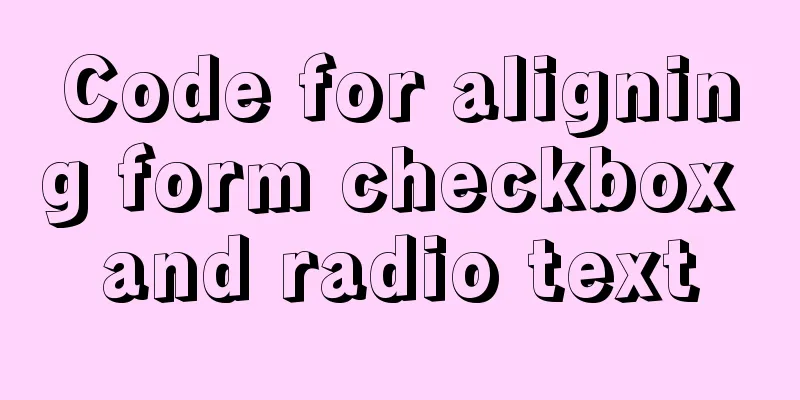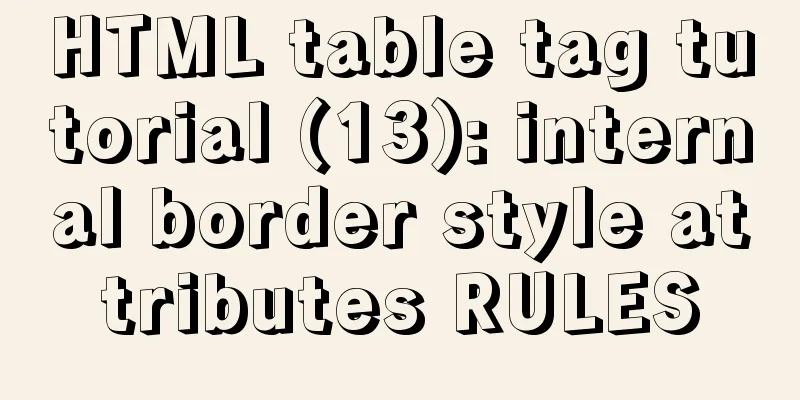Vue+node realizes audio recording and playback function

|
Result:
The main part is to implement the code logic, and the specific page structure will not be introduced one by one. Vue part: cnpm install recorderx --save or npm install recorderx --save Introduced in a specific component
<script>
import axios from "axios";
import {
Toast
} from "vant";
import Recorderx, {
ENCODE_TYPE
} from "recorderx";
const rc = new Recorderx();
export default {
data(){
return {
startime:null,
endtime :null
}
},
methods:{
//Recording voice recordingVoice() {
// that.news_img = !that.news_img
rc.start()
.then(() => {
this.startime = new Date();
})
.catch(error => {
alert("Failed to get microphone");
});
},
//Send voice async sendVoice() {
rc.pause();
this.endtime = new Date();
let wav = rc.getRecord({
encodeTo: ENCODE_TYPE.WAV,
compressible: true
});
let voiceTime = Math.ceil((this.endtime - this.starttime) / 1000);
const formData = new FormData();
formData.append("chatVoice", wav, Date.parse(new Date()) + ".wav");
formData.append("voiceTime", voiceTime);
let headers = {
headers: {
"Content-Type": "multipart/form-data"
}
};
axios
.post("/api/uploadChatVoice", formData, headers)
.then(res => {
//console.log(res)
if (res.data.status === 2) {
rc.clear();
let chatVoiceMsg = res.data.chatVoiceMsg;
}
}
});
},
//Play the audio playChatVoice(audio) {
let audioUrl = audio;
if(audioUrl){
let audioExample = new Audio();
audioExample.src = audioUrl; //The audio address you want to play audioExample.play();
}else{
Toast('Voice address has been destroyed');
}
},
}
};
</script> Node part: cnpm install multiparty --save
const express = require('express');
const router = express.Router();
const multiparty = require('multiparty');
const NET_URL = 'http://127.0.0.1:3000/';
router.post('/uploadChatVoice', (req, res, next) => {
let form = new multiparty.Form();
form.uploadDir = 'chatVoiceUpload';
form.parse(req, (err, fields, files) => {
console.log(files, fields)
let chatVoiceUrl = NET_URL + files.chatVoice[0].path.replace(/\\/g, "/");
let chatVoiceTime = fields.voiceTime[0]
console.log(chatVoiceUrl)
if (chatVoiceUrl) {
res.json({
status: 2,
chatVoiceMsg: {
chatVoiceTime,
chatVoiceUrl,
}
})
} else {
res.json({
status: 1,
chatVoiceMsg: {
chatVoiceTime: "",
chatVoiceUrl: ""
}
})
}
//console.log(files)
})
})In app.js, define the voice file path
app.use('/chatVoiceUpload', express.static('chatVoiceUpload'));
This is the end of this article about Vue+node realizing audio recording and playback functions. For more relevant Vue audio recording and playback content, please search 123WORDPRESS.COM's previous articles or continue to browse the following related articles. I hope everyone will support 123WORDPRESS.COM in the future! You may also be interested in:
|
<<: MySQL 5.7.18 free installation version window configuration method
>>: Sample code for deploying Spring-boot project with Docker
Recommend
Nexus private server construction principle and tutorial analysis
one. Why build a Nexus private server? All develo...
Detailed explanation of MySQL joint query optimization mechanism
Table of contents MySQL federated query execution...
Common JavaScript memory errors and solutions
Table of contents 1. Timer monitoring 2. Event mo...
Detailed explanation of the execution process of MySQL query statements
Table of contents 1. Communication method between...
Vue+Openlayer uses modify to modify the complete code of the element
Vue+Openlayer uses modify to modify elements. The...
How to effectively compress images using JS
Table of contents Preface Conversion relationship...
HTML table tag tutorial (8): background image attribute BACKGROUND
Set a background image for the table. You can use...
Basic usage details of Vue componentization
Table of contents 1. What is componentization? 2....
Pure CSS to achieve cool neon light effect (with demo)
I have recently been following the CSS Animation ...
Some common properties of CSS
CSS background: background:#00ffee; //Set the back...
Loading animation implemented with CSS3
Achieve results Implementation Code <h1>123...
Use pure CSS to create a pulsating loader effect source code
Effect Preview Press the "Click to Preview&q...
Example of how to create and run multiple MySQL containers in Docker
1. Use the mysql/mysql-server:latest image to qui...
Vue encapsulates the public function method of exporting Excel data
vue+element UI encapsulates a public function to ...
Solution to the welcome to emergency mode message when booting CentOS7.4
Today I used a virtual machine to do an experimen...











